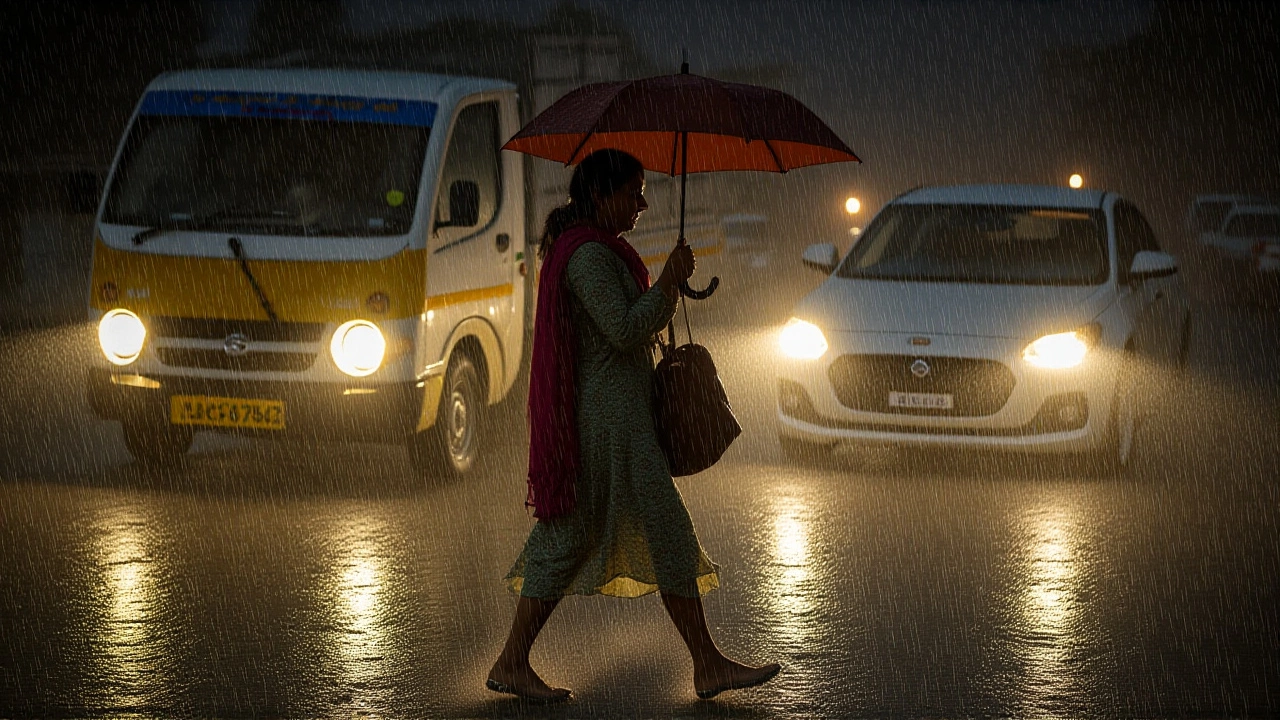IPL 2025: Complete Guide, Stats, Teams & Fan Tips
When talking about IPL 2025, the 2025 season of the Indian Premier League, India’s top T20 cricket league. Also known as Indian Premier League 2025, it draws massive crowds, huge TV audiences and a booming fantasy cricket market. The league lives inside the broader world of cricket, a bat‑and‑ball sport followed by billions worldwide and fuels the rise of fantasy cricket, online contests where fans build virtual teams and compete for cash prizes.
The IPL 2025 season is more than a collection of matches; it’s a network of interconnected entities. First, the IPL teams, eight franchise squads representing major Indian cities compete for the coveted trophy. Second, the player auction, a high‑stakes bidding event that determines squad composition shapes the competitive balance. Third, broadcast partners, TV and streaming services that deliver live action to millions dictate how fans consume the tournament. Together, these elements create a dynamic ecosystem where a single player’s performance can influence team strategy, fantasy points, and advertising revenue.
Key Highlights of IPL 2025
One of the biggest storylines for IPL 2025 is the introduction of new “Spark Zones” at stadiums. These zones use LED‑driven lighting to amplify crowd noise and give teams a home‑advantage boost. The concept encompasses fan engagement, stadium technology and team tactics, showing how technology, innovations like real‑time analytics and AI‑driven commentary is reshaping traditional cricket experiences. Another trend is the growing link between IPL and the Indian Super League (ISL). Several ISL owners are buying stakes in IPL franchises, which cross‑sport investment, fosters shared marketing platforms and fan bases. This synergy explains why the tag page also features ISL‑related posts.
From a fan’s perspective, IPL 2025 brings fresh opportunities for fantasy cricket. New scoring categories, such as “boundary‑run bonus” and “pressure‑over points”, require players to rethink lineup construction. To succeed, fantasy participants must understand player form, recent performance metrics across formats and venue specifics like pitch speed and spin assistance. The relationship “fantasy cricket requires player form analysis” is a semantic triple that captures the core skill set needed for success.
Beyond the games themselves, IPL 2025 is a catalyst for broader economic activity. Ticket sales, merchandising, and hospitality packages generate revenue for local economies, while the tournament’s digital footprint drives advertising spend on platforms like Instagram and YouTube. The triple “IPL 2025 drives local economy” illustrates how sports events can influence regional development. You’ll also see how the league’s partnership with global brands creates a feedback loop: sponsors fund better infrastructure, which in turn attracts higher‑profile players, raising the league’s competitive level.
All of these pieces—teams, auctions, technology, fantasy cricket, cross‑sport investments, and economic impact—form a rich tapestry that the articles below unpack in depth. Whether you’re a casual viewer, a fantasy league veteran, or a business analyst, you’ll find insights that match your interest. Dive into the list to explore match previews, player spotlights, auction strategies, and behind‑the‑scenes stories that bring IPL 2025 to life.
